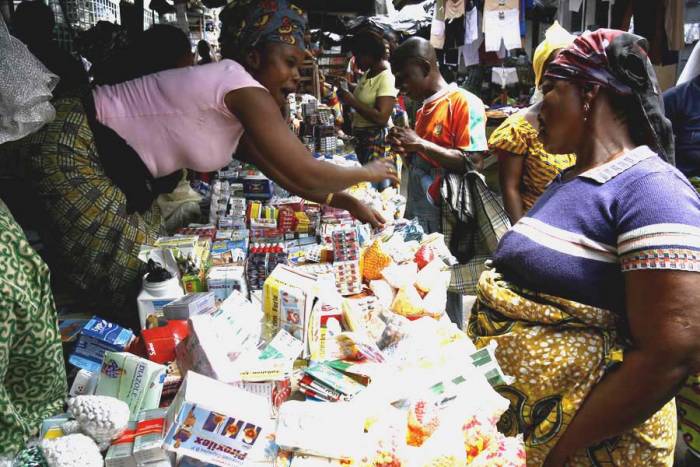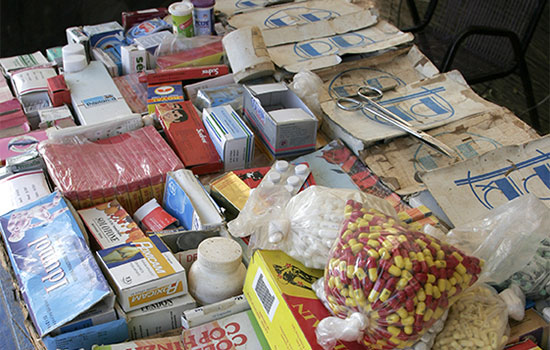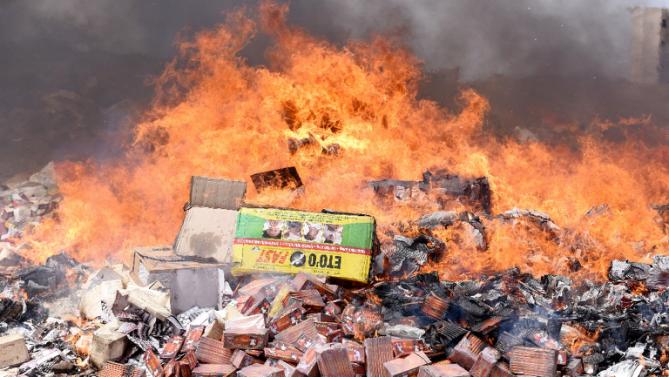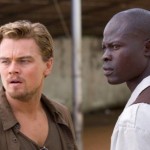
source
Every 45 seconds, a child dies of malaria. This disease can be treated with medicine; however, a third of malaria drugs sold in Africa are fake. The World Health Organization defines counterfeit medicine as “one which is deliberately and fraudulently mislabelled with respect to identity and/or source.” The international trade of counterfeit drugs is a billion dollar industry that is flourishing in Africa – the fake drugs generally come from China and India. They take chalk or washing powder and shape them to mimic both branded and generic medicine. This issue is affecting countries like Tanzania, Nigeria and the Democratic Republic of Congo. It has become harder to weed out the fake medicines; people have been able to reproduce holograms, print, and add ingredients that trick quality control tests. Not only do these medicines not treat the diseases they are advertised to, they come with their own consequences.
Those in poverty are most affected
Areas with low literacy rates and low incomes are the most vulnerable to the fake drug trade. There is little awareness of counterfeit drugs and ability to detect them. Plus, real medicine is expensive. A study conducted by the WHO and Health Action International found that:
“duties, taxes, mark-ups, distribution costs and dispensing fees are often high, regularly constituting between 30% to 40% of retail prices, but occasionally up to 80% or more of the total.”
Poorer people will go for the cheaper option, unaware of how dangerous that is. All of these factors make them a key demographic in the global trade.

{adinserter CNP5}
It is causing people to lose faith in modern medicine
Even though there has been a push to trust modern medicine in Africa, the counterfeits flooding the market have caused many to lose faith in it and turn back to their older ways. Misambwa, a traditional healer in Uganda, has seen an increase in his business.
“You find people who have taken bad tablets, several different types of malaria tablets, for example, and all of them have been fake. So many people have come to me like that,” he said.
He also reports fake and substandard drugs to the government. In Tanzania, where 1.4 million people are infected with HIV or AIDS, the fake drugs are causing people to lose faith in HIV treatment. Rodgers Stephan, an AIDS activist, said:
“It’s a huge problem. Even now it’s a major challenge. People have stopped taking their drugs and they don’t know what to do, who to trust or which place to go,” he said. “It has become a major problem in our community.”

The criminals are charged too lightly
Many believe that the producers and distributors of these fake drugs are charged too lightly. In 2009, Interpol and the WHO funded group International Medical Products Anti-Counterfeiting Taskforce carried out a raid in Uganda; they discovered five tons of counterfeit drugs in the central and eastern areas of the nation. But, Fred Kiyaga – the head of Interpol Uganda at that time – reported that only five people were convicted and each was fined $520. Pierre Ambroise-Thomas, a WHO expert on malaria and tropical parasitic diseases, wrote in the Mediterranean Journal of Haematology and Infectious Diseases that:
“Counterfeiting is more than a criminal act. Manslaughter is perfectly justified to describe such an act although some prefer calling it simply murder.”

SEE ALSO: Skin Bleaching Is A Big Problem In Many African Countries.






